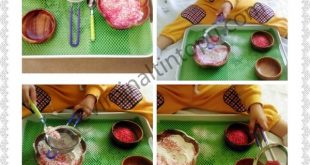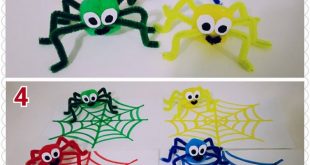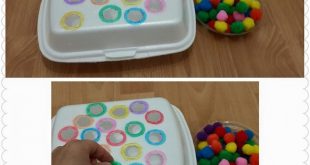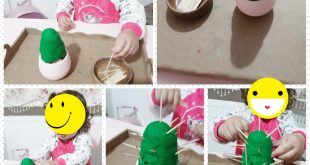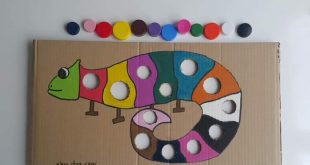List of basic colors for kids
There are a lot ways to teach colors to children. Some of these ways are enjoyable and interesting while others are boring and dull. Teaching colors with game method should be as easy to your children as it is to you.
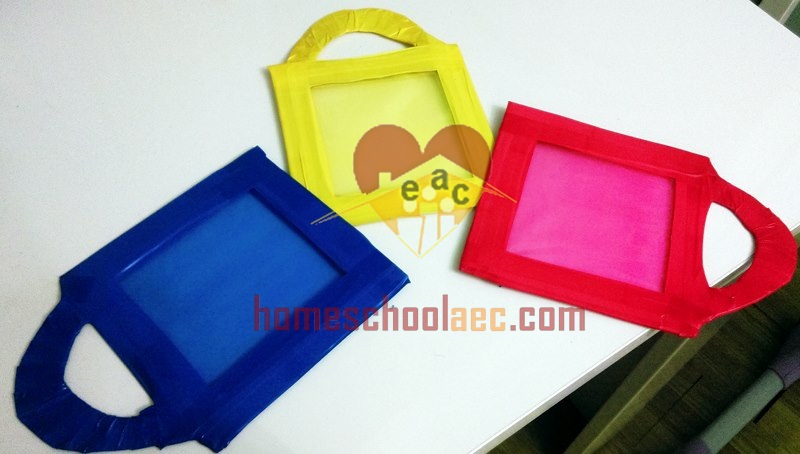
Most children can differentiate colors when they are 18 months old. Although they do not know colors and the color term, they discriminate them in their own world. You should begin teaching with primary colors as red, yellow and blue, then you can teach intermediate colors. You can also begin teaching with the color in which your children are more interested or that they prefer. Most of the time, this color is red.
It is necessary to repeat colors frequently. Therefore, you should begin with one color and after making sure that the child has learned it, you can move on teaching a new color. All colors should not be taught at once.
You should use different objects with the same color while teaching the target color; like red car, red apple, red ball. It is easier to teach colors of objects that they come across in their environment frequently. Crayons, finger paints or colorful cartons would be helpful to you.
My daughter determined one color for each week and we planned activities only about that color. You can analyze our activities about colors from previous posts. This page includes a material that I prepared for my daughter to exercise colors after learning each primary and intermediate color.
Materials:
· Cardboard
· Pen knife cutter
· Scissors
· Acetate transparent colored sheets
· Glue
· Colored electrical tape
How to make:
· First, cut six pieces out of cardboard as seen in the picture.
· Cut away a square shape from the middle of the pieces you cut before.
· Prepare pieces out of colorful acetate paper corresponding to the square shapes that are cut away for each color.
· You have already prepared two pieces for each color. Put acetate in the middle of these pieces, stick them together and circle them around with electric tape.
That is a wonderful material which children enjoy a lot and which also provides beneficial feedback in color education.


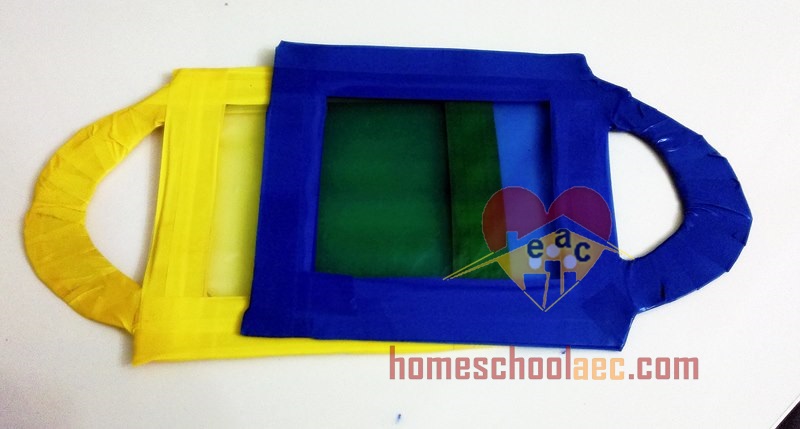
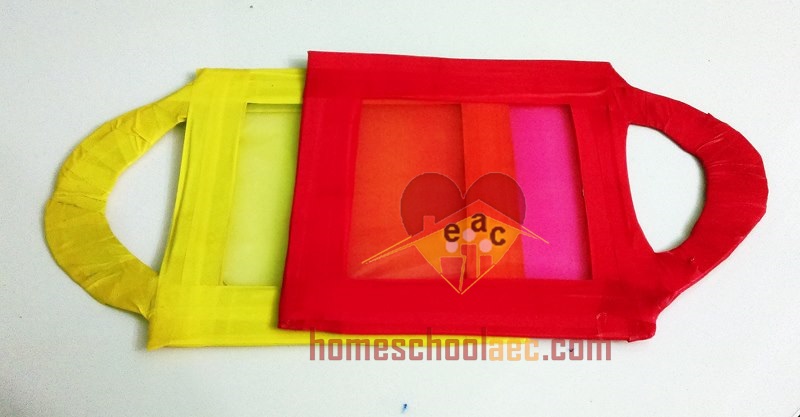
 Homeschool Craft and Art Craft Activities
Homeschool Craft and Art Craft Activities
